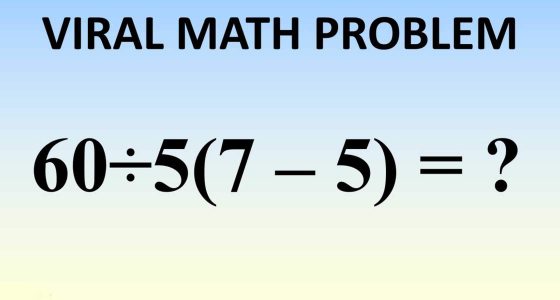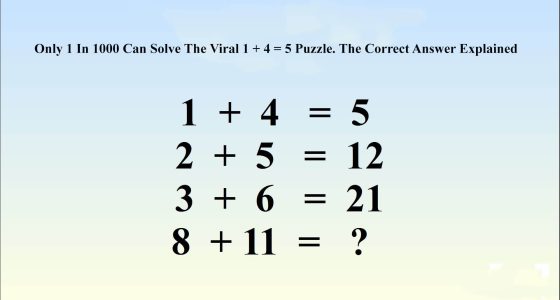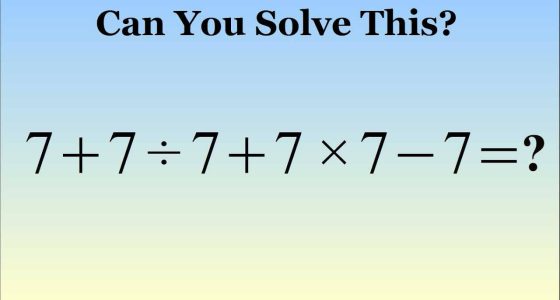You’ve seen this math riddle before, and now it’s time to settle the debate. This classic brain teaser has puzzled millions online. It may look simple, but it highlights a fundamental math concept many overlook. Let’s break it down using correct mathematical rules.
Understanding the Order of Operations
To solve this, you need to follow PEMDAS/BODMAS rules. This stands for:
P/B – Parentheses/Brackets
E/O – Exponents/Orders
MD – Multiplication and Division (from left to right)
AS – Addition and Subtraction (from left to right)
Step-by-Step Solution
Let’s simplify:
6 ÷ 2(1 + 2)
Step 1: Solve inside the parentheses
1 + 2 = 3
Now the equation becomes:
6 ÷ 2 × 3
Step 2: Multiply and divide from left to right
This step often causes confusion. According to PEMDAS, multiplication and division are of equal priority, so you go left to right.
6 ÷ 2 = 3
Then 3 × 3 = 9
Final Answer: 9
If you got 1, don’t worry — you’re not alone. Many mistake the expression 2(1+2) as implying it should be treated as a single unit. But without a multiplication sign explicitly separating terms, and without parentheses around the entire denominator, the left-to-right rule applies.
Why Do So Many People Get It Wrong?
This riddle is tricky because of how the expression is written. It relies on your interpretation. People either see:
6 ÷ (2 × (1 + 2)) = 1
or(6 ÷ 2) × (1 + 2) = 9
Only one of those interpretations follows the strict math rules as written.
Common Misconceptions in Math Puzzles
Multiplication before division?
No. Division and multiplication are equal in precedence.Implied multiplication is stronger?
Again, no. It’s just another multiplication.You can change the order?
Not without parentheses.
How to Avoid Mistakes in Math Riddles
Always apply PEMDAS/BODMAS.
Work strictly from left to right when operations share the same precedence.
Use parentheses to clarify your intent in written problems.
Don’t assume implied multiplication changes anything.






